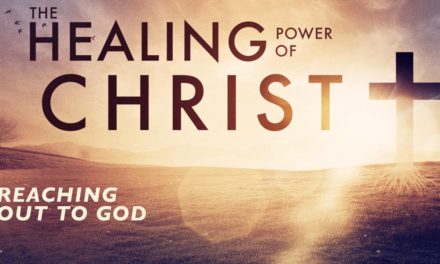When we think of meditation, we might picture a robe-adorned old man on a snowy mountain in Tibet. We might find ourselves in a candle-lit monastery smelling incense; or our minds may wander to a beach where sloshing waves peacefully wash everything out of our heads.
When we think of prayer, we might think of church services with recitations and songs. A knees-bent posture at the bedside or altar may come to mind. Prayer venues range from dark rooms to solitary forests to small group meetings or even social media sites.
On the other hand, prayer might make some of us think of mountains and monasteries; and meditation can put thoughts of recitation, specific postures and group meeting into our heads. So when it comes to meditation vs. prayer- is there a difference really?
The definition of meditation is to think…or not to think. There are meditation and yoga gurus whose point is to concentrate on something so hard that they block out all other stimuli. The goal is to achieve peace or relaxation through a reset of the now-stress-free body and mind. No thinking is allowed.
Biblical meditation is often used to focus on one thing or situation in order to understand it better. One might meditate on a relationship to understand where it can be improved, for example. In this case, a person wants to block peripheral stimuli in order to concentrate and …think.
When we talk about prayer, we do not mean reciting the Lord’s Prayer at a service or saying “Thank you!” or “Praise God” during the course of a day. Prayer that gets confused with meditation is solitary, deep prayer. It is praying like Jesus, alone in desolate places (Mark 1:35).
The Old Testament and New Testament use both of these terms dozens of times when instructing us to give thanks, ask for what we need or to learn new things. Since this is a Church blog, let’s discuss what the Bible says about Meditation vs. prayer. Is there a difference really?
Prayer methods are a popular topic for evangelists and other persons of faith. They often advise finding a quiet place where distractions are minimalized. Many say a proper posture, usually kneeling, helps attune your mind to the task at hand. Then they suggest imagining yourself in front of God’s throne. Use of a repetitive phrase can also help focus one’s attention on God.
Find an appropriate position, use a mantra, block out all distractions and bring your mind to focus only on God. That prayer thing sure sounds like meditation, doesn’t it?
There is one big difference. Whether it is Paul telling Timothy to think about things until God gives him a better understanding (2 Tim 2:7) or Isaac going into the fields to meditate on the Law (Genesis 24:63), Christian meditation involves thinking about something. It leaves the mind open to receive God’s grace. It is closer to contemplation than meditation.
Prayer is all about communicating with God. Whether we are asking for favor (2 Chr 7:14), to relieve anxiety (Phil 4:6), or just to keep in touch (Hebrews 4:6), He will hear his children (Jer 29:12). In prayer, our mind should be open; looking for answers.
So when it comes to meditation vs. prayer- is there a difference, really? Meditation and meaningful prayer share some common techniques and traits; but prayer is so much more. Prayer is a door to God’s presence; and we certainly don’t want to block anything out. A little bird’s chirp or a whisper on the wind or even a thunderclap may be God’s message; assuring us that everything will be alright
As the author of Hebrews proclaims, “Let us then with confidence draw near to the throne of grace, that we may receive mercy and find grace to help in time of need” (Heb 4:16).
Please get in touch now and let’s get better at these things together.






